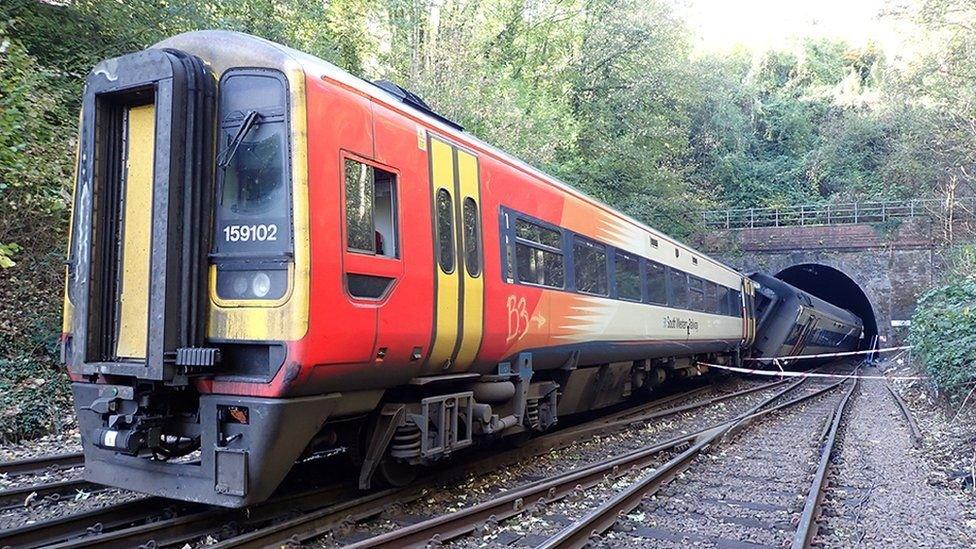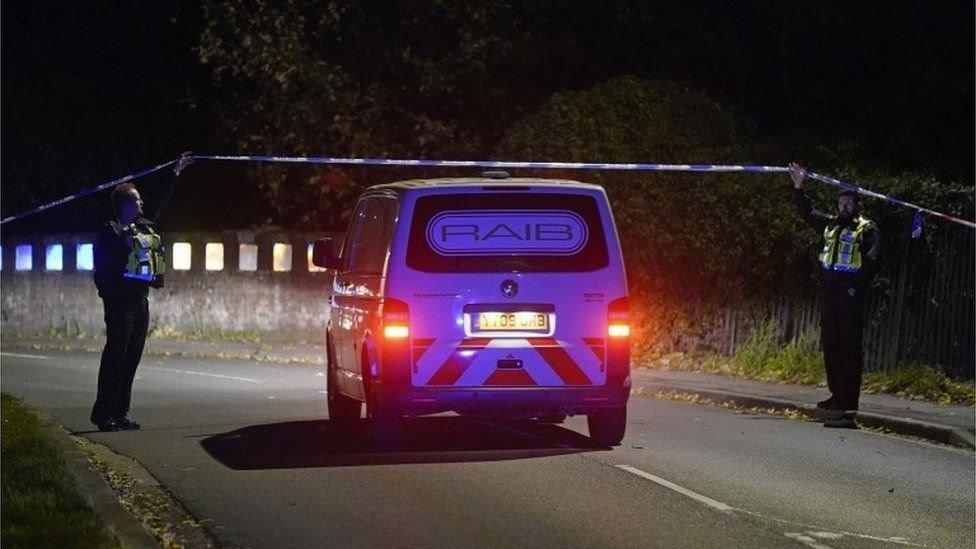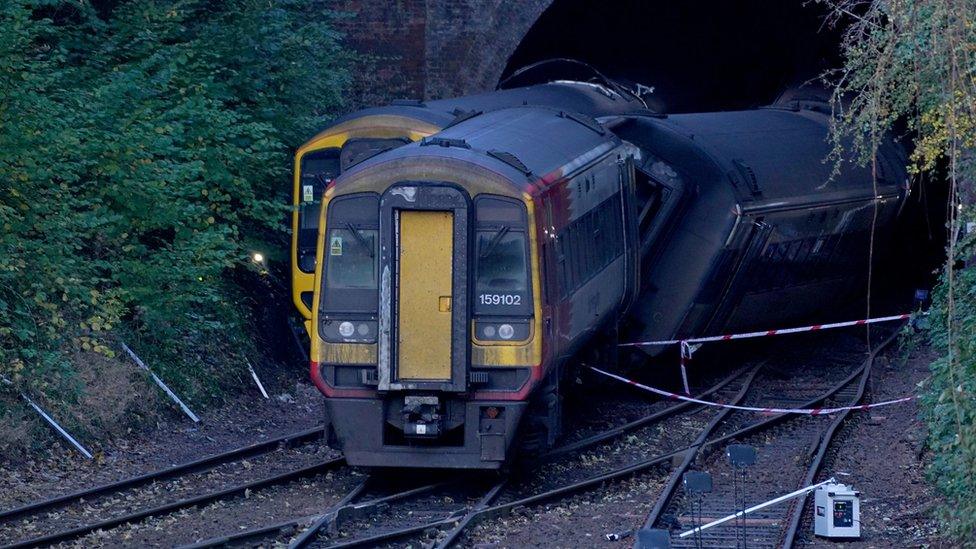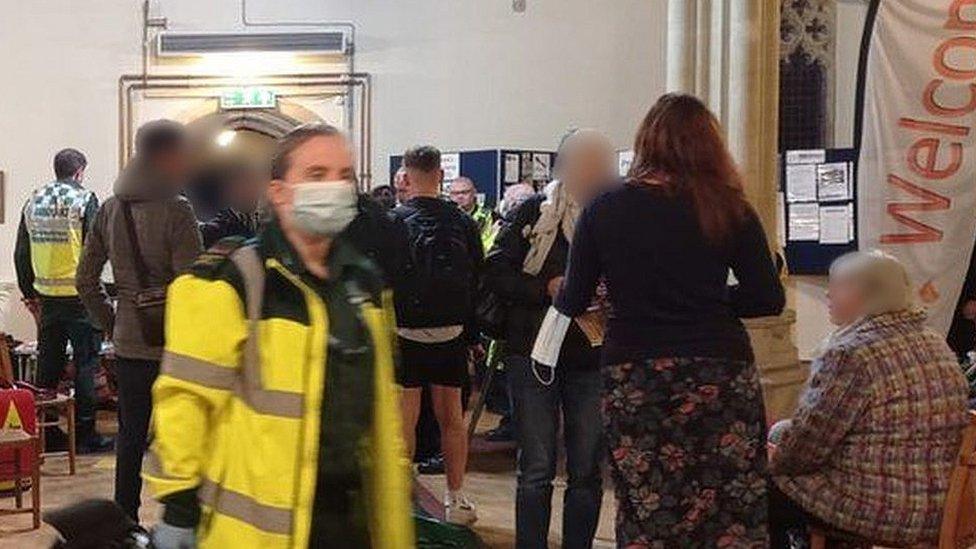Salisbury train crash: Services to fully resume from Tuesday
- Published

The trains collided on the approach to Fisherton Tunnel near Salisbury
Services affected by the Salisbury train crash are set to fully resume on Tuesday, Network Rail has said.
Two trains collided on the approach to Fisherton Tunnel near the Wiltshire city on 31 October.
The crash caused major disruption across the South West at the time and closures continue to affect passengers.
Following the accident, the tunnel was closed to allow rail authorities to investigate, remove the damaged carriages and repair the tracks.
The work is due to be completed by Tuesday, one day earlier that it had previously planned, ending 16 days of delays, Network Rail said.
Mark Killick, Network Rail's route director for Wessex, said he "appreciated how patient everyone has been" during the repair work.
'Fit for action'
He explained that work would continue until Monday while they "finish replacing damaged equipment and making sure the railway is fit for action again".

The RAIB is conducting an investigation into the collision
The repairs involved removing five damaged carriages by crane and laying more than 984 yards (900 metres) of new track.
Engineers replaced three sets of points - moveable rails that allow trains to switch from one track to another - and almost 1,500 sleepers that hold rails in the correct position.
Network Rail said it would "spend a full day" using trains that jet wash the tracks to clear "any debris or leaf mulch".

The South Western Railway service ran through a red signal before hitting the other train
Test trains will then be run on the line before passenger services can resume.
Investigators have been piecing together the exact circumstances that led to the collision between a South Western Railway (SWR) train running from London to Honiton, in Devon, and a Great Western Railway (GWR) service travelling from Southampton to Cardiff.
Both trains had passed a Y-shaped junction, close to the entrance of the tunnel, prior to the crash.
The SWR train went through a red stop signal before striking the GWR service and investigators said "low adhesion" may have caused it to slip through.
Both trains derailed and travelled into the tunnel before coming to a standstill, the Rail Accident Investigation Branch said.
The driver of the SWR train Robin Tandy, 74, suffered "life-changing" injuries in the crash.
A total of 14 passengers out of the 92 on board required hospital treatment, though none were seriously injured.
- Published3 November 2021

- Published2 November 2021

- Published1 November 2021
